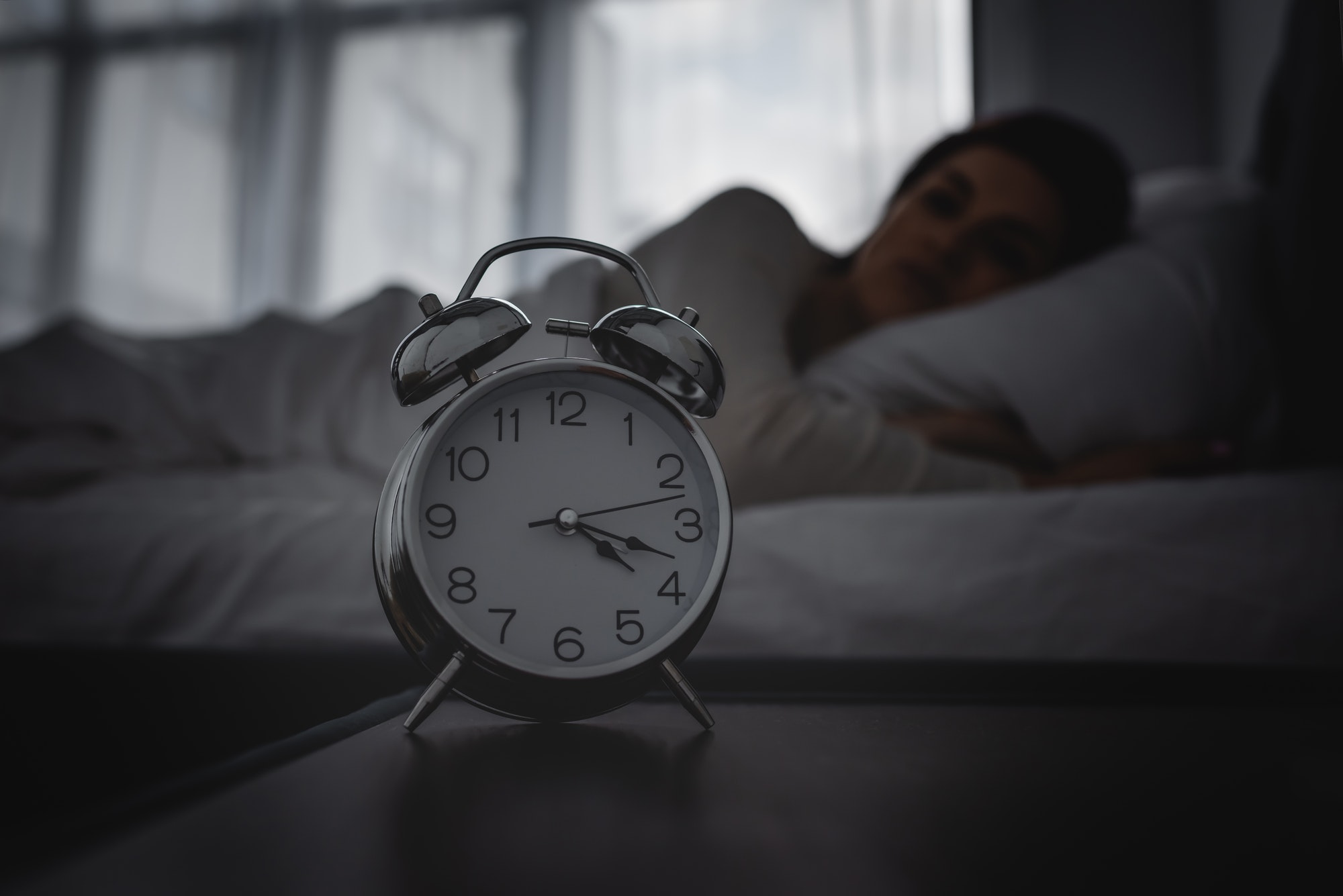In the intricate tapestry of sleep disorders, the connection between Attention Deficit Hyperactivity Disorder (ADHD) and Delayed Sleep Phase Syndrome (DSPS) presents a compelling narrative. Both conditions, often intertwined, significantly impact an individual’s life, yet the link between them is frequently overlooked. This oversight can lead to misdiagnoses, inadequate treatment approaches, and a cascade of challenges affecting daily functioning and overall quality of life. Understanding DSPS, especially within the ADHD context, and integrating Cognitive Behavioral Therapy for Insomnia (CBT-i) into treatment strategies, offers a beacon of hope for those navigating these turbulent waters.
The ADHD and DSPS Conundrum
ADHD, characterized by symptoms of inattention, hyperactivity, and impulsivity, is often accompanied by a variety of sleep disturbances, with DSPS being notably prevalent. DSPS is a circadian rhythm sleep disorder that delays sleep onset and wake times by several hours, making it difficult to fall asleep and wake up at socially accepted times. This misalignment can exacerbate ADHD symptoms, creating a vicious cycle of sleep deprivation and heightened daytime impairments.
The Underlying Challenge of DSPS
Individuals with DSPS find themselves at odds with conventional sleep patterns. Despite an intense desire to sleep, they remain wide awake until the early hours of the morning, only to find the embrace of sleep when the world demands their wakefulness. This pattern leads to a truncated sleep window, often cut short by the requirements of daily life, resulting in significant sleep deprivation. The rare opportunities to follow their natural sleep rhythm, such as weekends or vacations, often reveal their true sleep potential, waking refreshed and rejuvenated, a stark contrast to their usual state.
The Misdiagnosis Maze
The journey to understanding one’s sleep issues is often fraught with missteps, particularly for those with ADHD. The unique characteristics of DSPS can be mistakenly attributed to more common conditions like insomnia or simply dismissed as poor sleep hygiene. Complicating matters, ADHD-related challenges such as bedtime procrastination and difficulty with time management can further obscure the true nature of the problem.
Bridging the Gap with CBT-i
Cognitive Behavioral Therapy for Insomnia (CBT-i) emerges as a vital tool in this complex landscape. Traditionally used to treat insomnia by addressing the cognitive and behavioral components of sleep disturbances, CBT-i can be adapted to provide relief for individuals grappling with both ADHD and DSPS.
Tailoring CBT-i for ADHD and DSPS
Sleep Hygiene and Education
CBT-i emphasizes establishing a conducive sleep environment and a consistent bedtime routine. For ADHD individuals, this structure is paramount, providing much-needed external cues to signal the body it’s time to wind down.
Cognitive Restructuring
ADHD brains often ruminate on the day’s events or worry about tomorrow’s challenges, especially when the lights go out. CBT-i helps by challenging these unhelpful beliefs and teaching more adaptive thinking patterns, reducing sleep-related anxiety.
Relaxation Techniques
Techniques such as progressive muscle relaxation and deep breathing exercises are taught to combat the heightened arousal state often seen in ADHD, facilitating the transition to sleep.
Stimulus Control Therapy
This component of CBT-i strengthens the bed’s association with sleep, a crucial strategy for those who might spend excessive time in bed engaged in activities other than sleeping, a common scenario in ADHD.
Sleep Restriction Therapy
Although challenging, particularly for DSPS sufferers, this strategy can be modified to gradually adjust sleep and wake times, inching closer to a more conventional pattern without exacerbating the circadian misalignment.
Integrating Light and Darkness Therapy
Light therapy, involving exposure to bright light upon waking, and darkness therapy, minimizing light exposure in the evening, are pivotal in treating DSPS. These therapies help reset the circadian rhythm to align more closely with societal norms. When combined with CBT-i’s behavioral and cognitive strategies, they offer a comprehensive approach to managing DSPS within the ADHD framework.
Practical Strategies and Considerations
Implementing these interventions requires a nuanced understanding of both DSPS and ADHD. Gradual adjustments, patience, and consistency are key. Here are some practical strategies to consider:
- Morning Light Exposure: Aim for bright light exposure within two hours of waking to help advance the circadian phase. This could be natural sunlight or a light therapy device.
- Evening Dimming: Reduce exposure to blue light from screens in the evening. This may involve using blue light filters or establishing a screen-free routine before bed.
- Gradual Sleep Schedule Adjustments: Make incremental changes to bedtime and wake-up times, no more than 15-30 minutes every few days, to avoid overwhelming the system.
- Consistent Routines: Maintain a regular sleep schedule, even on weekends, to reinforce the new sleep-wake cycle.
The Role of Medication
In some cases, medication may be prescribed to support the restructuring of sleep patterns. Melatonin supplements, taken in the evening, can help signal the brain that it’s time to prepare for sleep. However, medication should always be considered a complementary strategy, used in conjunction with behavioral and cognitive interventions.
The Path Forward
For those navigating the complex interplay of ADHD and DSPS, understanding the nuances of each condition and their interaction is crucial. The integration of CBT-i, tailored to address the specific challenges posed by DSPS and ADHD, alongside light and darkness therapy, offers a holistic approach to managing sleep disturbances. This comprehensive strategy not only improves sleep quality but can also enhance daytime functioning and overall well-being.
As we continue to unravel the complexities of sleep disorders and their relationship with ADHD, the importance of personalized, multifaceted treatment plans becomes increasingly clear. By adopting an informed, compassionate approach to treatment, we can empower individuals to overcome the challenges posed by DSPS and ADHD, paving the way for improved sleep, better daytime functioning, and a higher quality of life.
In conclusion, if you suspect that you or someone you know may be struggling with DSPS and ADHD, it’s crucial to seek guidance from healthcare professionals who can provide an accurate diagnosis and a tailored treatment plan. With the right support and interventions, it’s possible to achieve more restorative sleep and mitigate the impact of these conditions on daily life.













